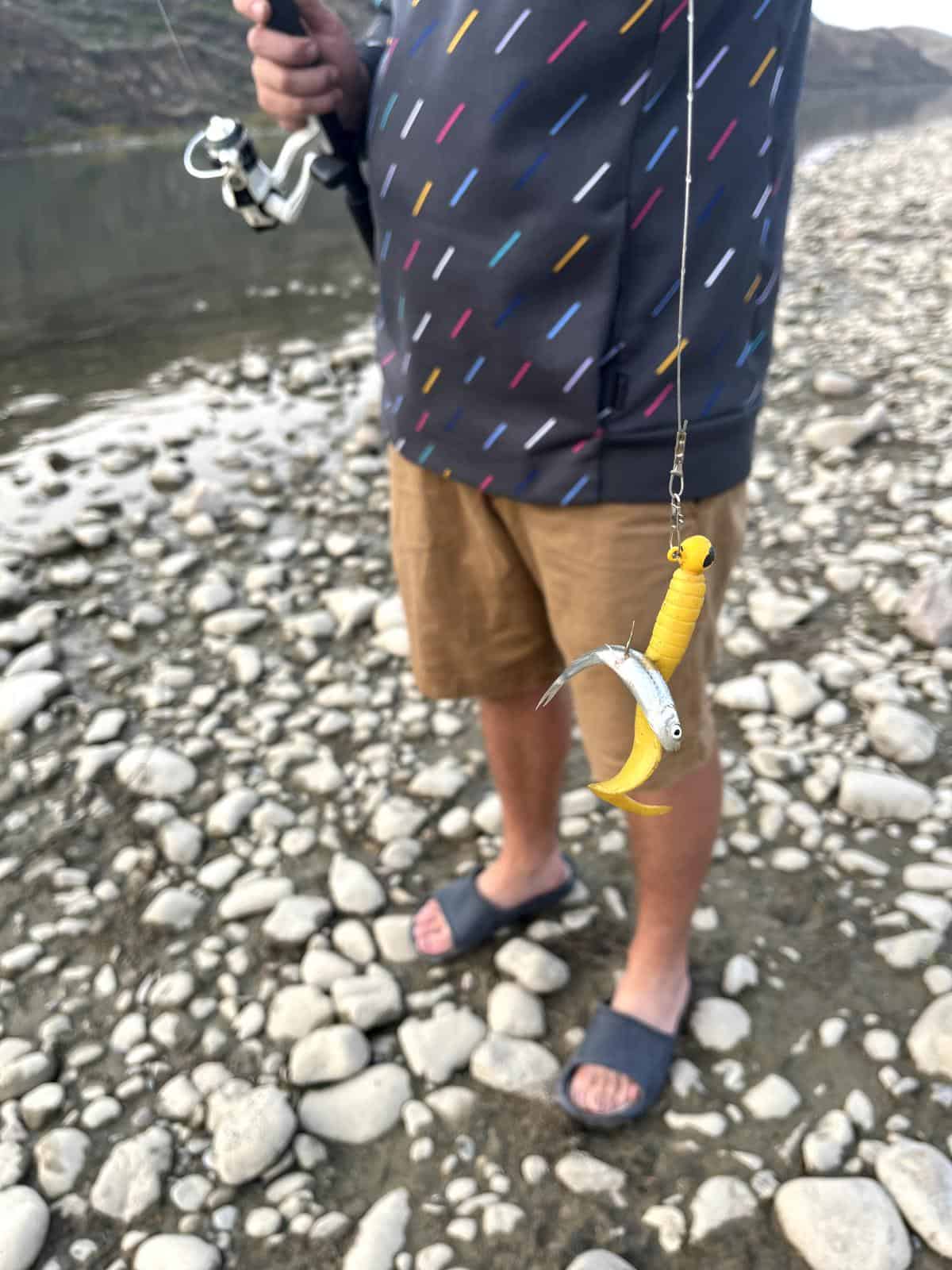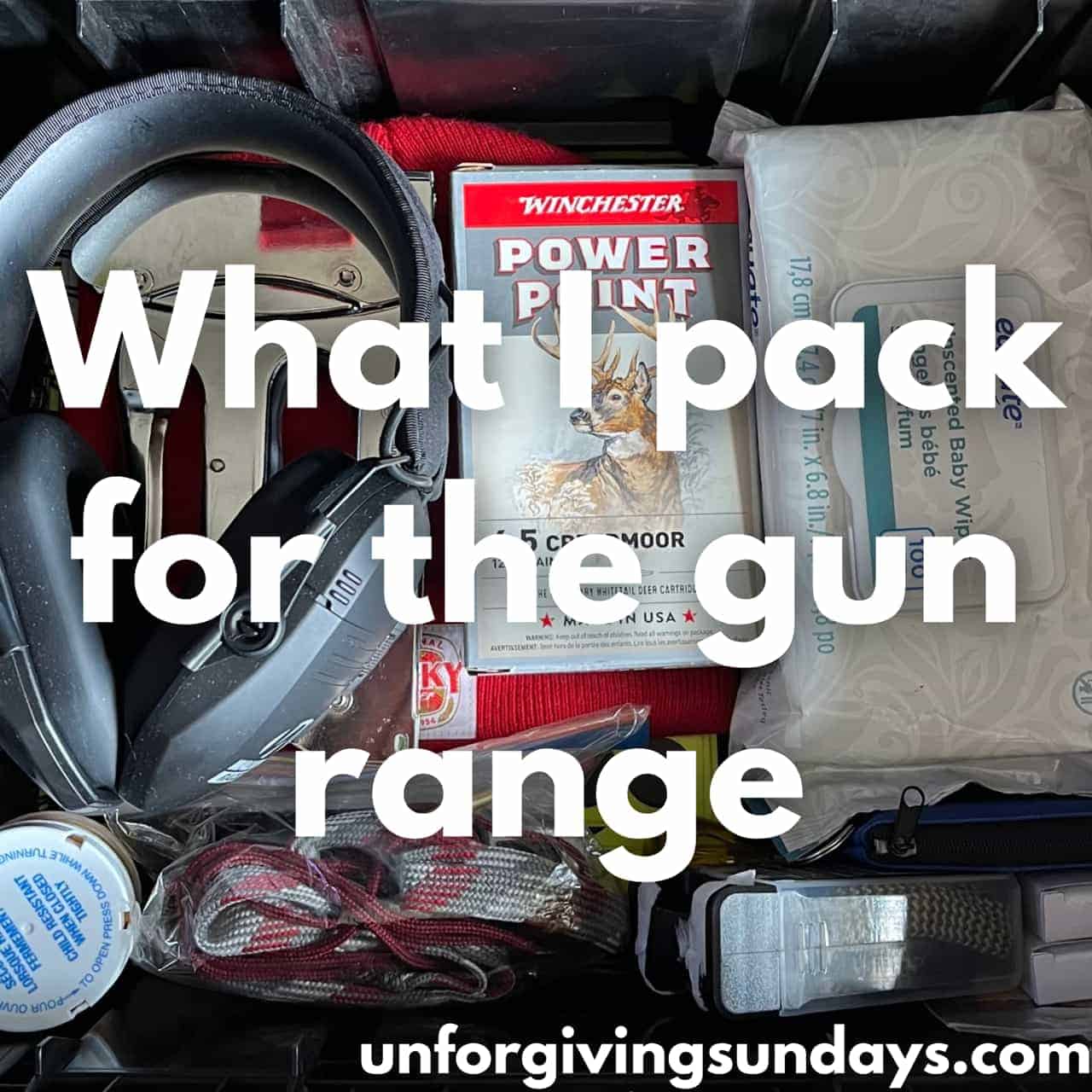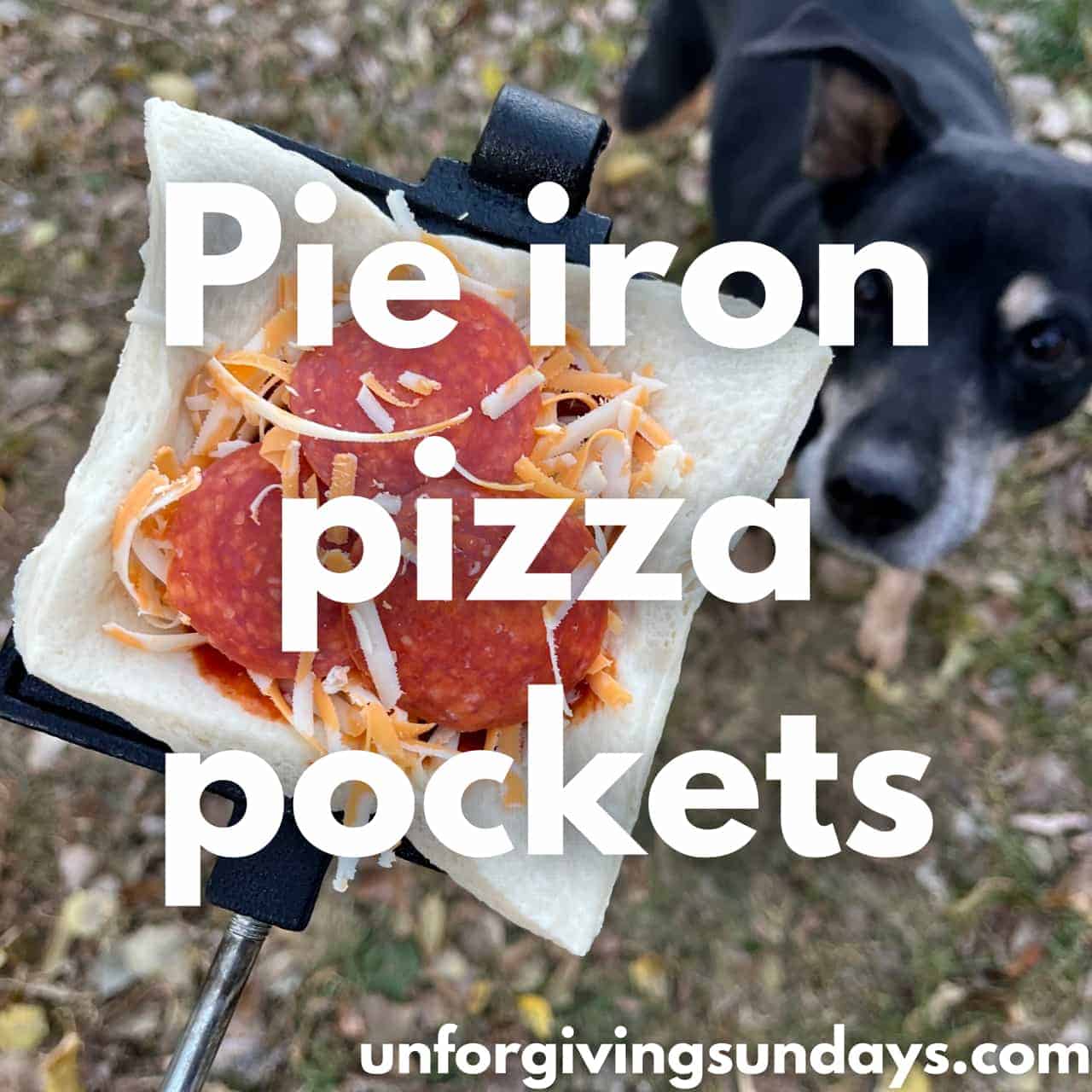Even if you have a fishing license, you might be poaching (knowingly or unknowingly) by doing things like keeping an endangered species or exceeding your bag limit. In this post, I am going to cover everything you need to know about fishing rules and regulations (in Alberta and beyond).

Why do we have fishing regulations?
The main reason that we have rules around fishing is conservation. Fishing regulations help with things like:
- Population control
- Protecting spawning areas
- Maintaining ecosystem balance
- Enforcing sustainable fishing practices
- Data collection and monitoring
- Public awareness
Of course, people tend to follow the rules better when there are consequences. Poaching in Alberta? Up to $100,000 fine and two years in jail. I love fishing but I can’t think of a fish that is worth that.

Licenses and permits
Before you get out there, you need to make sure you have the proper paperwork. Whether you save these documents to your phone or keep a hard copy in your tackle box, you’ll want to keep them handy in case you need to show them to an RCMP or conservation officer.
If you are fishing outside of Alberta, make sure you look up the rules for that location beforehand. Keep in mind that a fishing license from Alberta is specific to Alberta; it does not mean that you can fish in British Columbia, Saskatchewan, or Montana too.
Who needs a fishing license in Alberta?
The short answer: anyone between the ages of 16 and 65, and anyone who isn’t an Alberta resident. However, there are some exceptions.
Exemptions
- Anyone under the age of 16
- This is the only exemption that also applies to non-resident Canadians and people living outside of Canada. Anyone under the age of 16 can fish in Alberta without a license — regardless of where you live.
- Alberta residents over the age of 65
- If you are not an Alberta resident, you will still need a license.
Note: Veterans of the Canadian Armed Forces (who are Alberta residents) still need to have a license, but can obtain one for free. This does not apply to veterans who are non-resident Canadians.
Special licenses
In Alberta, you can apply for an additional license for walleye (“Special Walleye Harvest License”) — and this time, this includes children and seniors. Alberta residents can purchase draw applications in April and the results are released in May. Non-residents cannot apply for this license.
National park licenses
If you want to fish within a national park (e.g., Banff) then you need to purchase a national park fishing license. Unlike the other licenses that are sold by the provincial government, these ones are sold by the federal government.

Where do I get a fishing license in Alberta?
Before you can purchase a fishing license in Alberta, you need to obtain a Wildlife Identification Number (WIN). This includes paying a small one-time fee.
You can get your WIN and licenses online at AlbertaRELM, or from a private retailer (like a sporting goods store).
Can you catch and release without a fishing license?
No — at least, not in Alberta.
General fishing regulations
Before you head out to a new spot, you need to find out the rules. These are a few things to look for, but keep in mind that no blog post is going to replace reading your local regulations.
The number one rule, in my opinion, is that you have to eat the fish if you don’t release it. In the Alberta Guide to Sportfishing Regulations, it states that “[t]he edible flesh of legally kept game fish must not be wasted, destroyed, spoiled or abandoned”.
Open seasons
Open seasons are the times when you can legally fish (or hunt). There are some places where you might be allowed to fish year round and there are some places where you can only fish at certain times. Make sure you aren’t fishing in an area that is closed or you could find yourself in trouble

Catch limits
Catch limits, or bag limits, refers to how many fish you can catch in one day. There may be a general limit on how many fish you can catch per day, and then each place may have their own daily catch limits. For example, if your maximum possession limit is five fish but the daily limit at your favorite lake is three fish, then you could catch three fish at your favorite lake and two more somewhere else — as long as you don’t catch more than five.
When you catch a fish, you should immediately decide whether or not you are going to keep it. If it isn’t immediately released, then it may count towards your bag limit. This includes fish kept in live wells or on a stringer. And if you are keeping a fish on a stringer or in a live well, don’t release it back into the water afterwards because it will likely die from stress and from the damage to its body.
Size limits
While looking up your catch limits, look at your size limits too. You might only be allowed to keep fish of a certain size. This usually means you can only keep the bigger fish — this is done so that the smaller fish have a chance to grow and mature. However, there may be times where you are keeping the smaller fish.
The fish should be measured from the tip of the nose or jaw (whatever sticks out more) to the end of the tail fin, with it pinched. The length should be measured while the fish is laying flat, and should not include the curvature of the body.
Bait restrictions
Some places have a bait ban. Bait bans occur for a variety of reasons: for example, using bait increases the chances of the hook getting swallowed. Bait can also pose different environmental risks, such as spreading invasive species.
You need to know whether you can use bait at all, and if so, what kind of bait you are allowed to use. Practices like chumming (throwing bait into the water to attract fish to an area) might be prohibited, and there may be regulations around bait disposal.
Bait versus lures
Something is considered “bait” when it includes a scent or flavour used to attract fish. This includes all sorts of things, like live worms, PowerBait, and corn kernels. A lure does not attract fish using scent or flavour. Examples would be spoons, flies, and unscented/unflavoured rubber worms.

Gear restrictions
There may be restrictions on what type of gear you can use. For example, there may be limits to the number of hooks you can use at once or how many lines you can have in the water. In Alberta, you can use up to three hooks at once (three hooks, three single-hook lures, or one three-hook lure) and you are only allowed to have one line in the water at a time (or two lines, if ice fishing).
There may also be gear that you cannot use at all. For example, it might be illegal to possess anything that could be used to snag (e.g., a gaff hook) or to use hooks with barbs.
Mandatory release
In Alberta, if you catch something that you can’t legally keep, you must immediately release it. These are some reasons why you might need to release a fish:
- It is endangered species or the limit is “0”
- It doesn’t fit withing the size limit, whether too big or too small
- You’ve already caught your daily limit
If you can’t legally keep the fish, there are no exceptions — you need to release it. This includes fish that are injured or dead. Otherwise this opens the door for poachers to argue that they didn’t exceed their catch limit because the fish was injured, so they needed to keep the extra fish “so it didn’t go to waste”. You can see how this could be taken advantage of, especially because most conservation officers aren’t going to be there to see every single catch.
A note about fizzing
Fizzing is the practice of puncturing the air bladder (the organ that regulates a fish’s buoyancy) so that the fish sinks back into the water once it is released. I don’t know why anyone would do this in the first place — don’t do this. Let’s agree to not cause unnecessary organ damage to the fish we are releasing. Just hold the fish in the water until it wakes up and then let it swim away.
Rules around cleaning fish
In general, you can gut your fish before going home, but it needs to be done in a way so that the fish is still identifiable and measurable. In my opinion, it is easier to wait to clean your fish at home, but if you really want to clean your fish beforehand, then make sure you read the regulations.
The only way you are going to know the rules is by reading the fishing regulations for your local area. I think back to when I was learning and some of the things that people suggested I do; I wouldn’t have known these things weren’t allowed unless I had read the fishing regulations myself.
Specific regulations for different water bodies
There are two categories when it comes to fishing regulations: default and site-specific. These can apply to lakes and streams.
There are three fishing management zones in Alberta: Eastern Slopes (ES), Northern Boreal (NB), Parkland-Prairie (PP). Each zone will have its own default regulations, and then you will need to check the site-specific regulations for the water body that you intent to fish. In Alberta, you can check the regulations in the Alberta Guide to Sportfishing Regulations.
It is prohibited to fish in designated ecological reserves or wilderness areas.

Conservation and ethical fishing practices
If we want to ensure that future generations can enjoy the outdoors too, we need to be good stewards of the environment.
Catch and release
It is important that you know the techniques for proper catch and release. Even if you plan to take your catch home, you never know if you will catch a protected species or a fish that is outside of your size limit.
- Be fast — don’t let the fish struggle unnecessarily on your line and release it as quickly as you can without causing additional trauma.
- Avoid squeezing the fish, or touching the eyes and gills.
- Keep the fish in the water as much as possible. You might have to hold the fish in the water to help it wake up.
- Don’t grab the fish with dry hands, as it can remove their protective slime coat.
- Fish are more stressed in warm water — avoid fishing in extreme heat or during the hottest part of the day.
- Carefully remove the hook. In the case of swallowed hooks, cut the line and leave it in the fish.
- Use barbless hooks and fishing pliers to make hook removal easier.
- Avoid using bait, as it is more likely to be swallowed.
Invasive species
Invasive species threaten ecosystems, and as anglers, we have a responsibility to prevent the spread. A couple ways to do this:
- Clean, Drain, Dry
- Make sure all your gear (boats, waders, nets, etc.) is dry and free of any stragglers (pieces of plants, small invertebrates like mussels, sediment) before you put it into any other body of water.
- Catch It, Kill It
- Know the invasive species in your area, because if catch one you are required to kill it and dispose of it by 1) throwing it in a garbage can that is away from the water or 2) eating it.
- Don’t Let It Loose
- Never move fish from one area to another. Never release aquarium pets or animals from the grocery store (like lobsters). Never dump your unused bait. Don’t put things into a water body that didn’t come from that particular water body.
Before you hit the water next, read my post about invasive species.

Respecting wildlife
Leave no trace — don’t leave your trash, don’t disturb the environment, don’t harass wildlife. Be thankful that we have places where we can enjoy these activities and give the outdoors the respect it deserves. This includes the fish themselves.
Staying up-to-date with local fishing rules and regulations
In Alberta, the fishing regulations are updated annually for April 1st. You are responsible for ensuring that you keep up-to-date on your local regulations. You can find your local regulations on Google, or you can your local sporting goods store if they have hard copies that you can take.
In summary, it is important that you have the appropriate permits and know the local rules and regulations before you head out on a fishing trip. Are the rules different in your area? Let me know!




Leave a Reply